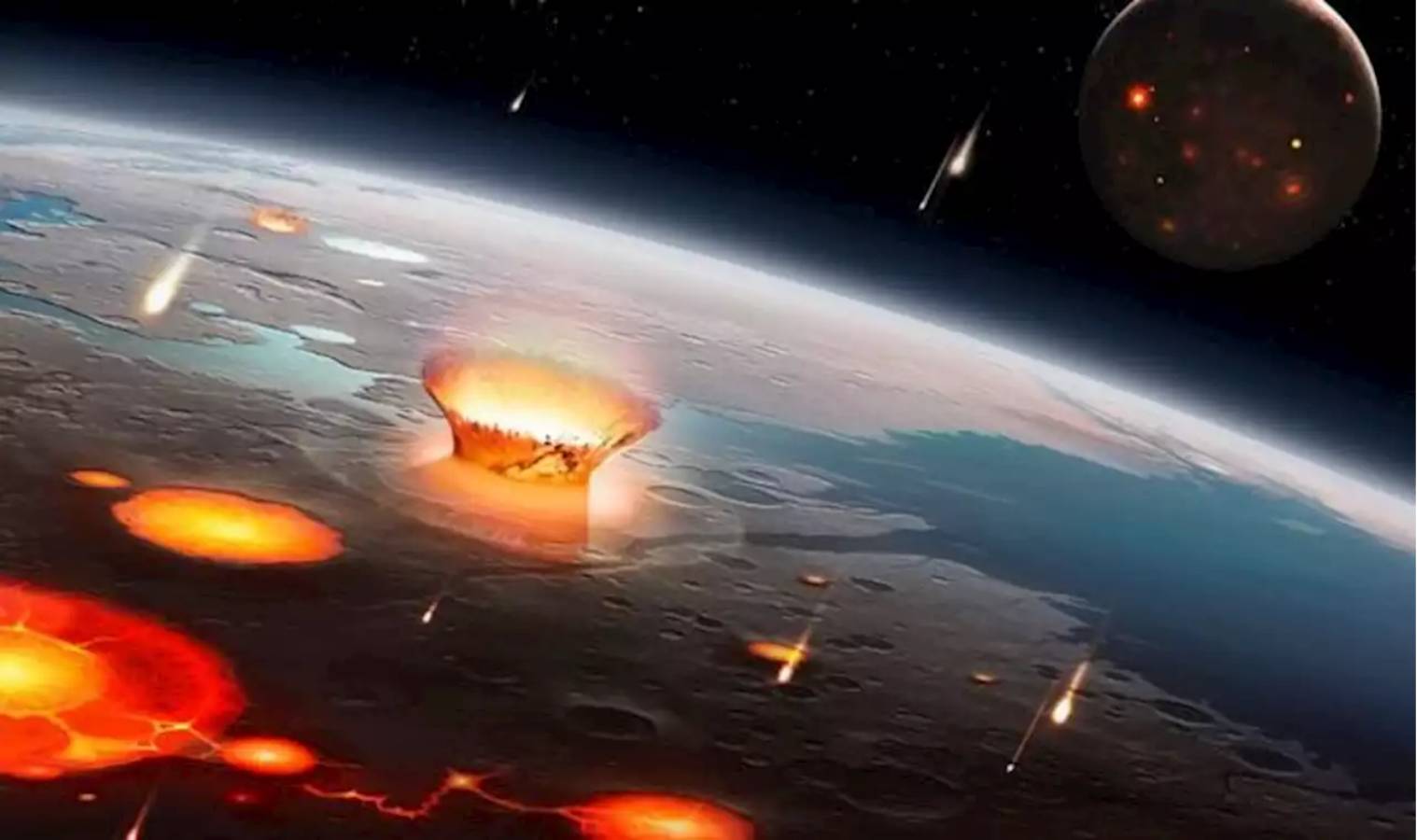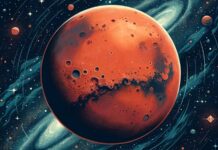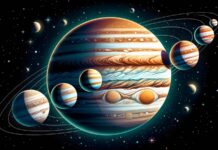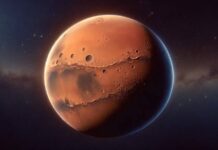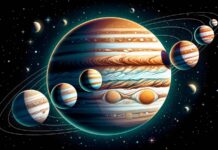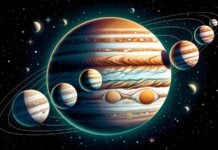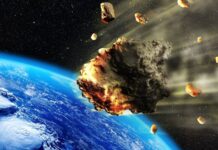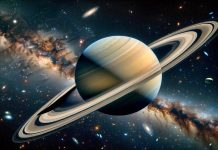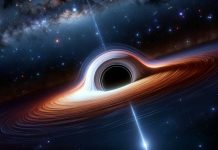NASA many experts were amazed by a new asteroid that was detected this year at a great distance from Earth, considering it to be something unique discovered until now. We are talking about a discovery made near the planet Jupiter, the researchers of the ATLAS project of those from NASA then noticed a very unusual asteroid that was near the planet, classifying it as one they had never seen before.
NASA however, he was a bit hasty with this classification, and this is because in reality, that asteroid is nothing more than a comet, and this is where the great confusion for researchers came from. They initially compared that asteroid to a comet because of the similarities between the two cosmic bodies, but after several analyses, NASA experts came to the conclusion that they actually saw a comet there, and not an asteroid, as they had thought initial.
NASA: The "Unique" ASTEROID That Fooled All Researchers
NASA he noticed then that this object that revolves around the planet Jupiter has an orbit that is similar to that of asteroids, but it also has a tail, like comets, and this is where the blurriness came from. NASA discovered this comet in a group of asteroids that are in the orbit of the planet Jupiter, and so he thought he was actually seeing an asteroid, but in reality it is a first with a comet, because in general these objects have a completely different activity in the universe.
NASA it detects a good part of the objects that move through the universe, not only through the solar system, but some of them can generate confusion even for the experienced researchers of the space agency. These things don't happen that often, and NASA takes advantage of every opportunity to try to unravel very quickly any kind of ambiguities that may appear in connection with cosmic objects of this kind that rotate through the universe.
NASA will continue to monitor outer space for similar objects, and it is very possible that we will have some more surprises in the not too distant future from them.


